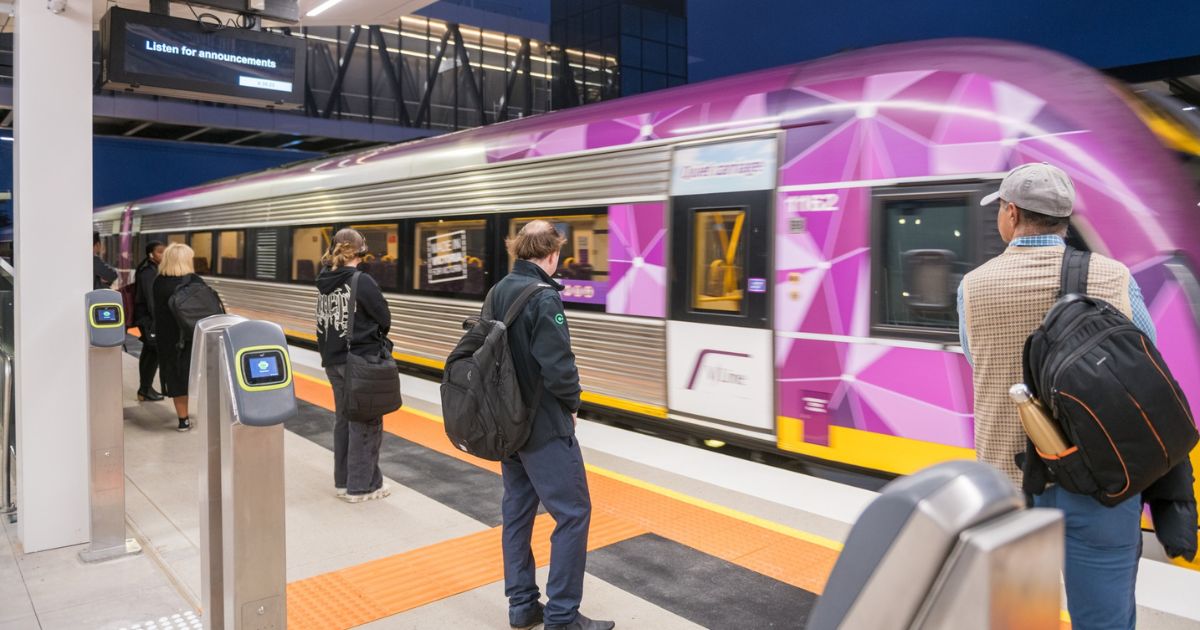Some NBN users shifted to satellite

Some NBN users who were originally going to connect through a fixed wireless tower - as seen here - will instead have to use slower satellite connections instead.
THE rollout of the National Broadband Network (NBN) is officially over, but some internet users in the Geelong region are not getting the experience they were promised.
Some properties in Torquay East slated for fixed wireless will be forced onto satellite – the slowest of NBN’s mix of technologies – after negotiations about the location of the fixed wireless tower broke down.
About 11.7 million homes and businesses across Australia can connect to the NBN. Locally, more than 39,000 homes and businesses across the Corangamite and Corio electorates are able to connect to the NBN through fixed line (fibre to the premises, or FTTP; and fibre to the node, or FTTN) technology, with another 7,200 capable of connecting via fixed wireless.
Not everyone will get access to the level of technology they were initially promised, with NBN Co shifting some fixed line users to satellite.
An NBN spokesperson said the changes were “mainly the result of some areas that were originally designated as fixed wireless sites, where NBN Co was unable to secure a suitable site for a variety of reasons, including planning approvals, landholder agreement or community objections.”
In response to a question from Labor to the federal Joint Standing Committee on the NBN, NBN Co revealed Torquay East was among the communities that would no longer get a fixed wireless service.
The NBN Co spokesperson said 12 potential site locations in Torquay East for a proposed fixed wireless tower were evaluated, but “despite over two years of negotiations, terms of a lease could not be agreed with landowners”.
“We are willing to consider other potential sites if landowners in the area are willing to co-operate, however, at this time we have exhausted all avenues available to secure a fixed wireless site in the area.
“Premises will therefore soon be able connected to the NBN using satellite technology. Our website has been updated to reflect the change.”
The spokesperson said construction was underway in Moolap and Separations Creek/Wye River, and it was expected those premises would be able to connect to the NBN from October 2020 and January 2021 respectively.
Nationally, tens of thousands of FTTN users are also not receiving the minimum speed of 25 Mbps required under NBN Co’s Statement of Expectations.
In its response to the Joint Standing Committee on the NBN, NBN Co stated there were 139,963 premises receiving a peak speed of less than 25 Mbps on the network as at
May 2020, but the “vast majority” of FTTN lines were expected to achieve this by December this year.
“Where the network is not capable of providing the minimum wholesale download speeds after co-existence has ended, NBN Co will take action to rectify any issues in its network so that the requirements of the Statement of Expectations are met.”

















